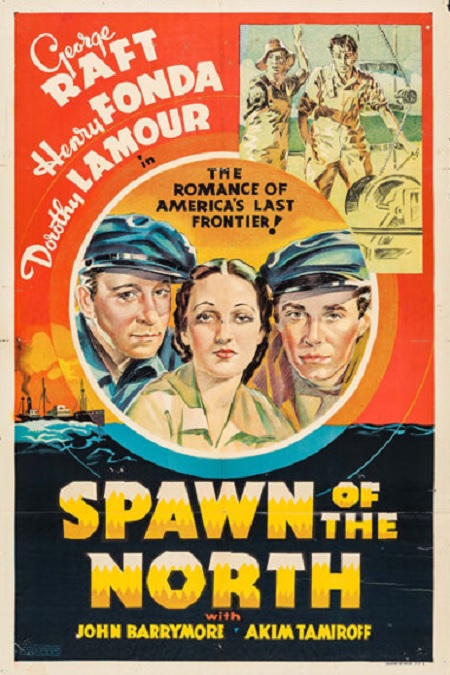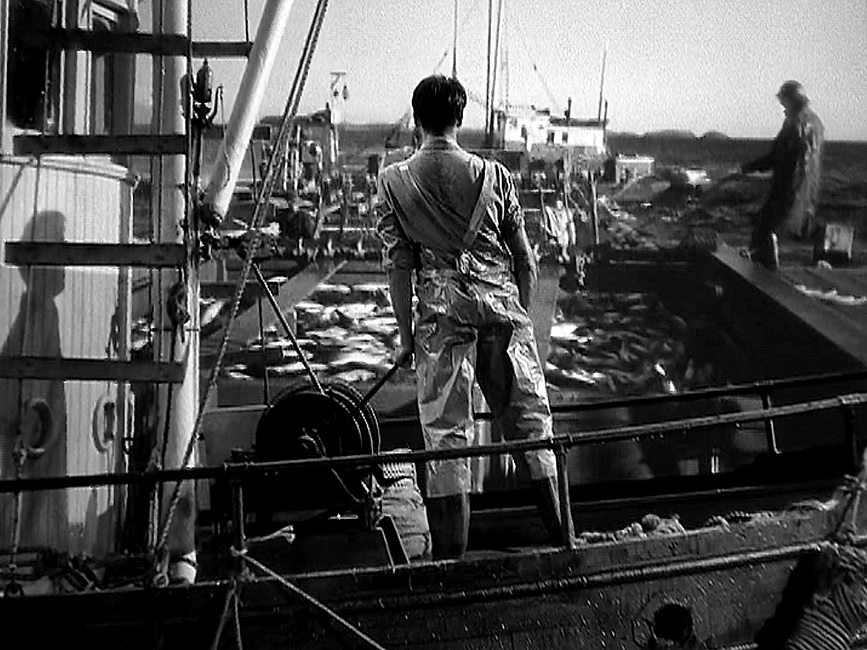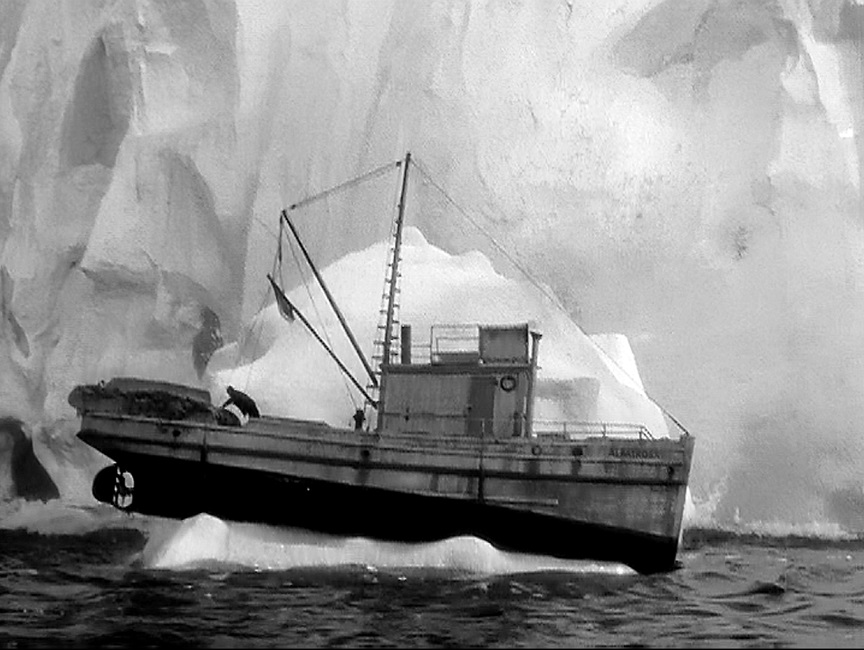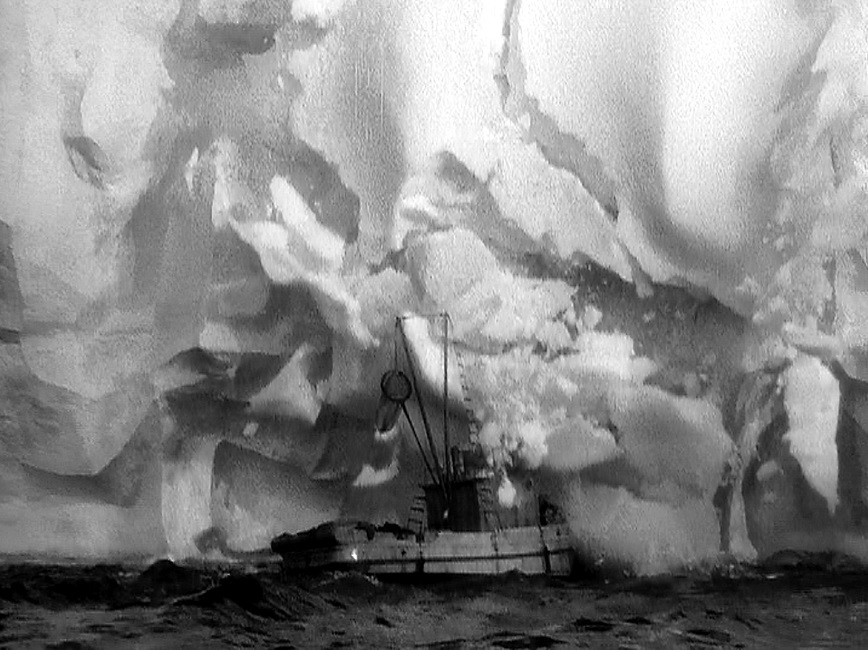



Spawn of the North – 1938 (HONORARY AWARD)

This was the very first movie to be given an award for best visual effects. Granted, it wasn’t even a category then, and it was an honorary award, but I still count it as the first. I also acknowledge that the effects were as pretty much nothing compared to the first actual winner of the newly made category, the very next year, Gone With the Wind. And it is important to remember that at the time, achievements in sound were all part of the same category as visual effects. But let’s take a look at what it was that caused the Academy in 1938 to stop and take special notice.
By the following year’s standards, there really wasn’t much going on. There was some rear-projection going on, but by this time, most movies were making use of this technique. However, I will say that here, it was remarkably well-done. In a few shots, I’d venture to say that it was as well-done, or in a few cases, even better than Gone With the Wind.
I think that some of the failings of Rear Projection in the 1930s were twofold. First, lighting the actors to match the projected background was either a hit or miss. Sometimes it worked very well, and sometimes it just didn’t. Second, was when the background was in motion, like when the actors are driving in a car, and we see the road moving away behind them. That one rarely held up to close scrutiny. Spawn of the North was able to avoid these two tell-tale signs. The projections when people are on boats were done well, as the actors moved up and down believably with the waves. And the lighting effects were always perfectly executed.
Then there was the breaking of the ice-flows. There were two scenes in the movie in which icebergs and falling sheets of ice affected the small fishing boats. In one case, the boat was critically damaged, and in the other case, the boat was completely demolished. The ice breaking from the glacier was simply filmed in the real world. Then miniature models were used to show the boats being damaged or destroyed. All of this was just fine except for one thing. There was a shot in which the ice was supposed to shift, but not fall. Unfortunately, this was achieved by simply freezing the film while a sheet of ice was falling. That one shot made it painfully obvious. Then, when it was time for the ice to fall, they restarted the film. But the mini boat models floating in front of the falling ice were pretty good. And the sound of the ice crashing into the water was appropriately loud, thunderous, and chaotic. No problems there. When it comes down to it, I think it was a worthy start to the category, and while it was not perfect, it was good enough to catch the Academy’s attention. And it wasn’t that they were particularly innovative, but they executed the standard techniques flawlessly… except for that one frozen shot. Very well-done and congratulations to everyone involved!